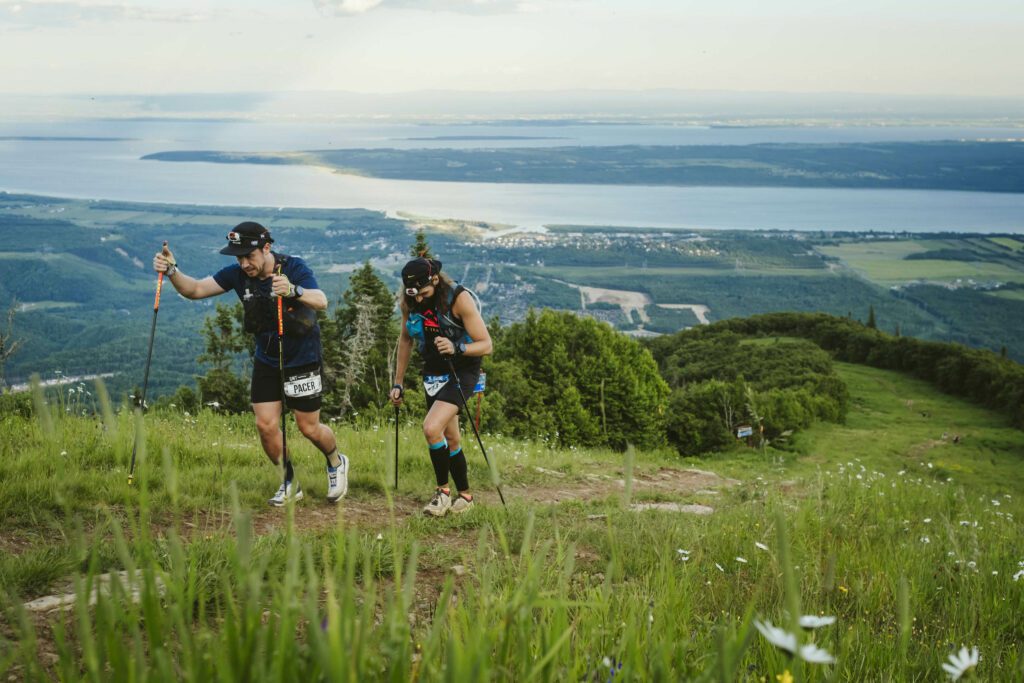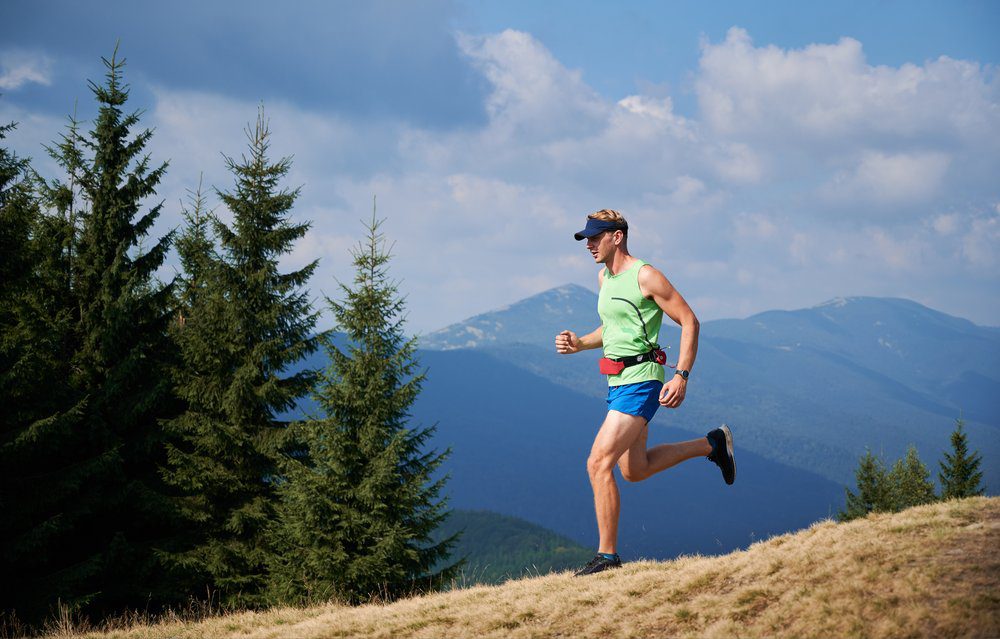5 smart tips for new trail runners

Trail running doesn’t come with a manual, and heading off-road can be a shock to the pavement-loving system. The terrain changes underfoot, you’re forced to shift pace rapidly without warning and even short distances can stretch out way longer than you planned. The learning curve isn’t huge, but it’s real, and these five tips can help smooth it out.
Don’t trust distance alone
A 10K trail run is not the same as a 10K on the road. Steep climbs and uneven footing can stretch out the time, even if the mileage looks small. Instead of focusing on distance, use time-on-feet as your main guide when planning runs.
Bonus tip: If you can, download a GPX file of your route beforehand. Having the map on your watch (if you do this, know how to use it) or phone helps keep expectations realistic and reduces stress about getting lost.

Choose loops over out-and-backs
Out-and-backs sound simple, but they can drag on mentally, especially if you’ve underestimated the return. Loops or figure-eights keep your brain engaged and give a better sense of progress. Plus, you’re less likely to talk yourself into turning around early.
Bonus tip: Pick trails with multiple exit points or shortcuts. It gives you options to cut your run short if you’re feeling off or want to save energy.

Look up, but not too far
Trail running demands constant micro-adjustments. You’ll need to keep an eye on the ground ahead, but also lift your gaze often to avoid surprise turns, branches or missed markers. Think of your focus like a bouncing beam: about five steps ahead, then a glance up.
Bonus tip: Practise scanning the trail in intervals—every few steps—so your eyes don’t get fatigued and you stay aware of your surroundings.

Wet feet happen; plan accordingly
If you’re lucky, your feet will only get wet from puddles. If not, it’ll be rain, stream crossings or sweat. Learn how your shoes drain, and figure out what kind of socks prevent blisters for you. Some runners swear by toe socks, others love their merino wool. There’s no one right answer, but not thinking about it is a mistake you’ll quickly regret.
Bonus tip: Carry a small tube of anti-chafing balm or petroleum jelly to apply quickly if your feet start feeling raw mid-run.

Don’t save that downhill energy for later
Many new trail runners conserve energy for climbs and coast the downhills. Try flipping that logic—descents are free speed, provided you practise good form and stay in control. Working on your downhill confidence early can save time and effort later, especially in races.
Bonus tip: Work on quick foot turnover drills on gentle slopes when you’re off the trail—it builds confidence and reduces impact.




